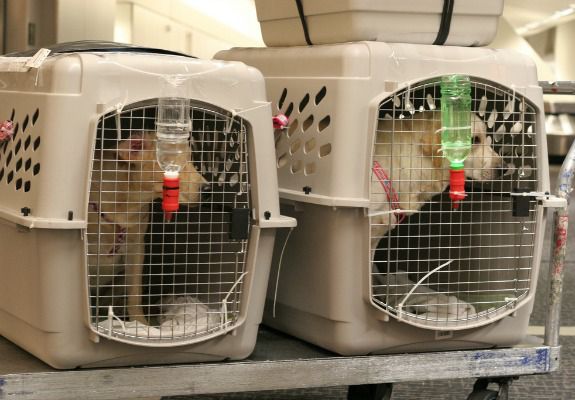From the 1st of August 2024, all dogs traveling to the US, including those returning after traveling abroad from the US, will be required to be over six months of age, and microchipped. The microchip will be required to be ISO compatible and must be on records relating to the dog’s rabies vaccinations and other documentation.
A shock to dog lovers
This new rule will come as a shock to dog lovers, who travel with their dogs for leisure, sporting activities, or show, and dog breeders. Perhaps, more than any other group, those bringing dogs into the US from Mexico and other countries for adoption will be most seriously impacted.
The CDC estimates that almost one million dogs are imported into the US annually, with almost a quarter of those crossing by land. At least 100,000 are estimated to originate in countries considered a rabies risk. Concern about rabies infected dogs entering the country has led to the US government making these major changes.
Why the United States is changing the rules for importing dogs from other countries

A series of incidents that have highlighted risks in the way that dogs have been imported were discussed in the US Department of Health and Human Services report, Control of Communicable Diseases; Foreign Quarantine: Importation of Dogs and Cats, released to announce this change in regulations. In 2019, the importation of a rabies infected dog cost the state over $400,000 for the costs of public health investigations and rabies post-exposure prophylaxis treatment for those who had been in contact with the dog.
Then in 2020 the CDC noted a 52% increase in the number of dogs being denied entry due to the use of fraudulent documentation. Then in 2021, a rescue organisation imported 33 dogs and one cat were imported into the United States from Azerbaijan. Although the dogs seemed to have valid rabies vaccination documents, one dog developed rabies symptoms three days after arrival.
Three days after arrival, one dog developed signs of rabies. The other animals that had been exposed to the rabid dog were quickly dispersed across nine different states. This resulted in a huge public health investigation. 18 people received treatment to prevent rabies due to exposure to the rabid dog, and studies done on the other animals indicated that the vet in the originating country, had implemented improper vaccination protocols. The animals that had been exposed to the rabid dog were quarantined for periods ranging from 45 days to six months and were re vaccinated.
These cases prove to be costly, stressful for all concerned and dangerous. On average, the CDC state that for every rabid dog imported, approximately 20 people need to receive prophylactic treatment and 21 dogs require either treatment, vaccination, or quarantine.
CLICK HERE TO READ THE FULL ARTICLE ON PET FRIENDLY YUCATAN
San Miguel Times
Newsroom

